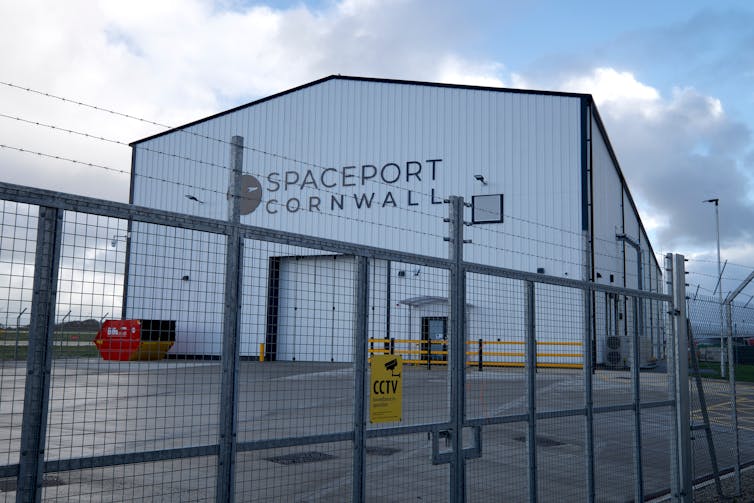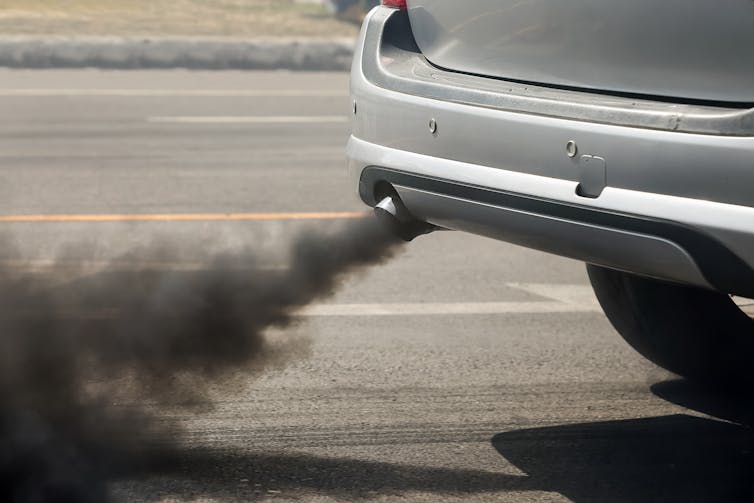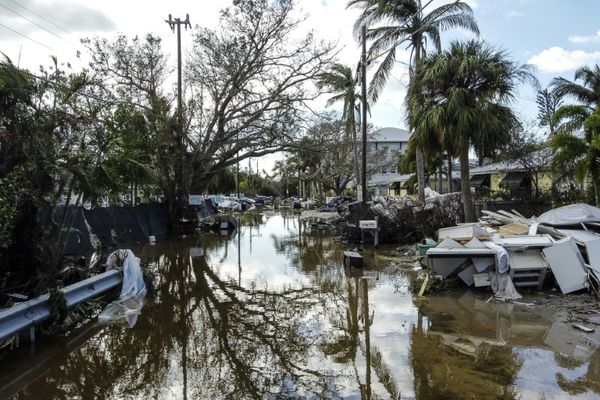
A recent UK mission to launch satellites into space from Spaceport Cornwall in the west of England failed to deliver the satellites to orbit. But the rocket, LauncherOne, succeeded in releasing hazardous pollutants to the middle and upper layers of the atmosphere where many will remain for years.
The mission kickstarted a new era of UK-based rocket launches and is part of the space sector’s global growth. The number of launches increased steeply from 102 in 2019 to a record 178 in 2022. This growth is expected to continue. For example, US stock exchange Nasdaq has forecast the sector will be worth US$1.4 trillion (£1.1 trillion) by 2030.
But as the industry grows, the environmental impact of rocket launches will inevitably increase.
Assessments of the environmental impact of the space sector tend to focus on carbon dioxide (CO₂) emissions. A University of Exeter-led report on the carbon impact of Spaceport Cornwall is one such example. It concluded that the total CO₂ emissions generated in the full “lifecycle” of a rocket, from its manufacture to launch, are significantly smaller than the total emitted by all other sources in Cornwall.
But the carbon impact is not the most concerning aspect of a rocket launch.

Low emissions, high impact
The energy required to propel rockets like LauncherOne into space is produced from the reaction between rocket-grade kerosene fuel and liquid oxygen. During this process, air pollutants are generated and, as the rocket ascends, are released directly into multiple layers of the atmosphere. The major pollutants produced include black carbon or soot particles and gaseous reactive nitrogen or nitrogen oxides (NOx).
Soot particles efficiently absorb the sun’s rays and therefore warm the atmosphere. NOx released in the ozone layer converts ozone into oxygen. This thins the ozone layer and reduces its ability to protect us from the sun’s harmful rays.
Environmental impact assessments also compare the quantity of air pollutant emissions from rocket launches to air pollution sources on Earth, like industrial activity and cars. Rockets emit far fewer soot particles than these sources, so this approach leads to the conclusion that rocket emissions are not an environmental concern and so are not worth regulating.
For example, LauncherOne produced roughly 800 kg of soot particles (obtained by multiplying the amount of propellant by the amount of soot produced by 1 kg of propellant burned). This is equivalent to just 0.1% of the soot emitted by cars in the UK each year. But comparing a rocket’s soot emissions with other sources masks the true environmental impact.

The true environmental toll
My colleagues and I carried out research, published last year, to determine the real effect of rocket launches on the climate and the ozone layer. We calculated and mapped the air pollutant emissions from all of the 102 rockets that were launched in 2019. We then fed these values into a model that accounts for the complex physical and chemical processes that occur in the Earth’s atmosphere.
The model estimated the change in the amount of energy that enters and leaves the atmosphere due to the additional soot particles from rocket launches. We used this information to determine that the soot emitted by rockets has a 400–500 times greater warming effect than soot emitted by sources closer to Earth.
This is because rockets release soot high in the atmosphere, up to altitudes of about 80 km. Soot particles at these heights remain suspended in the atmosphere for more than two years compared to just a few weeks for soot produced closer to Earth. The longer the particles are suspended in the atmosphere, the greater their effect on climate.
Rain removes soot particles that are lower in the atmosphere. But the atmosphere’s upper layers are dry and soot is removed by settling very slowly down to Earth. The pull of Earth’s gravity also decreases in strength the further the particles are from Earth. This means that the higher these particles are released, the longer they remain in the atmosphere.
By contrast, our model found though that the effect of NOx on the ozone layer when released during a rocket launch is relatively small. We estimated that around 200 times fewer ozone molecules are destroyed by rocket exhaust pollution than are currently destroyed by the industrial sources of ozone-depleting substances banned by the Montreal Protocol. But this may change given the exceptional growth in the number of rockets launched over the past three years and the anticipated growth of the global space sector.
The space industry provides vital services like communications, navigation and weather forecasting and is helping scientists understand our planet. Even my own research requires observations of air pollution from instruments launched into orbit by rockets. But its benefits need to be balanced with regulations that minimise its harm to the environment, particularly as the number of rocket launches continues to grow.
Eloise Marais receives funding from UK Research Councils, the European Commission, and the Stockholm Environment Institute.
This article was originally published on The Conversation. Read the original article.







